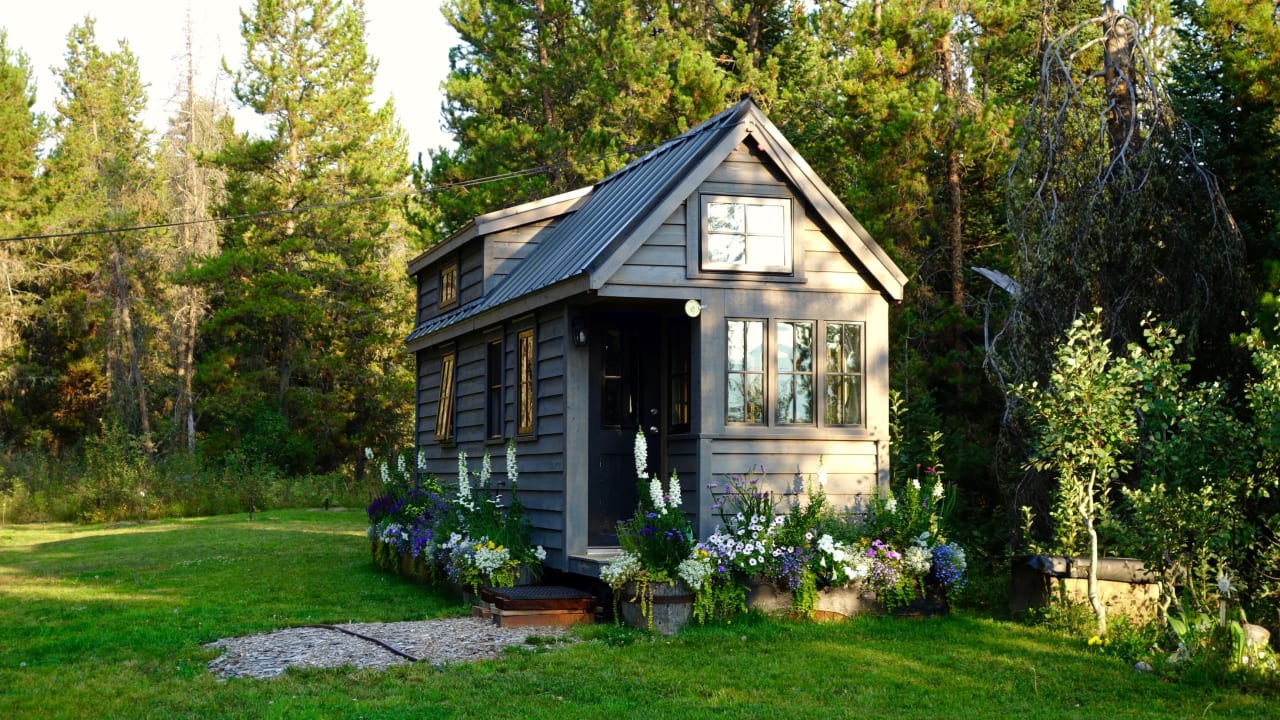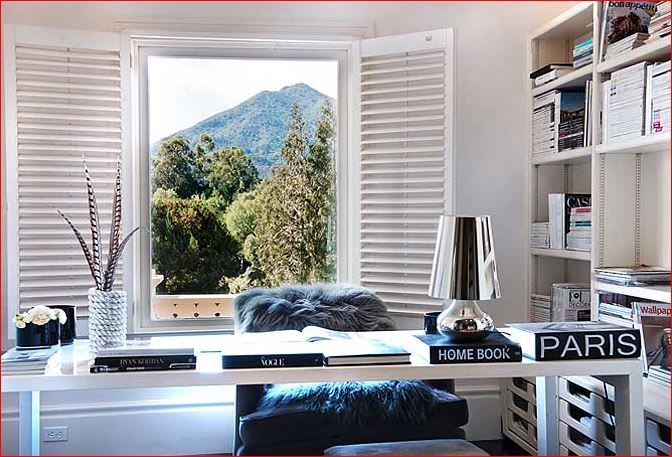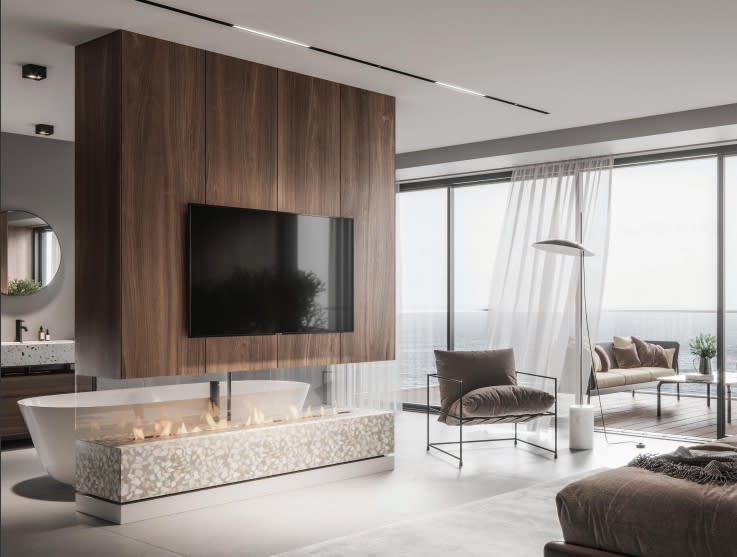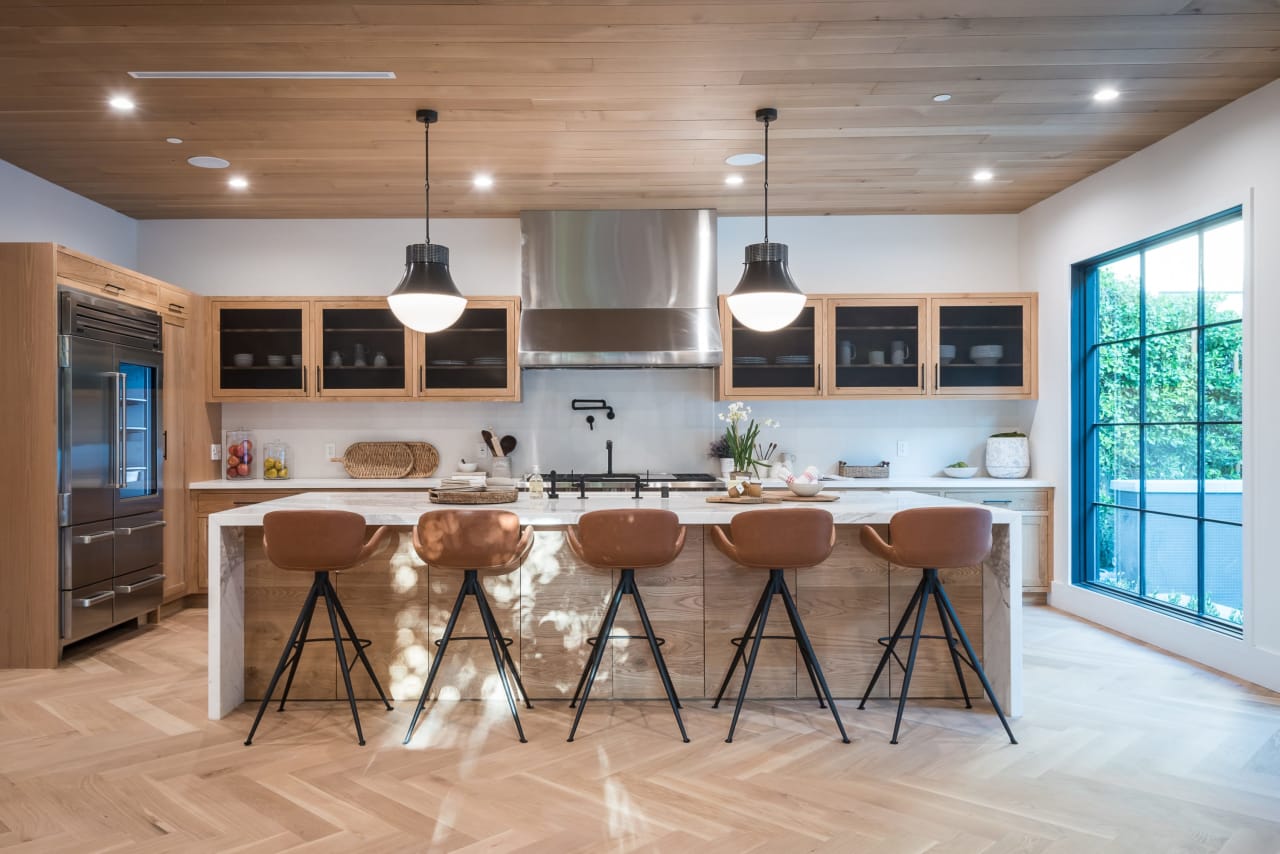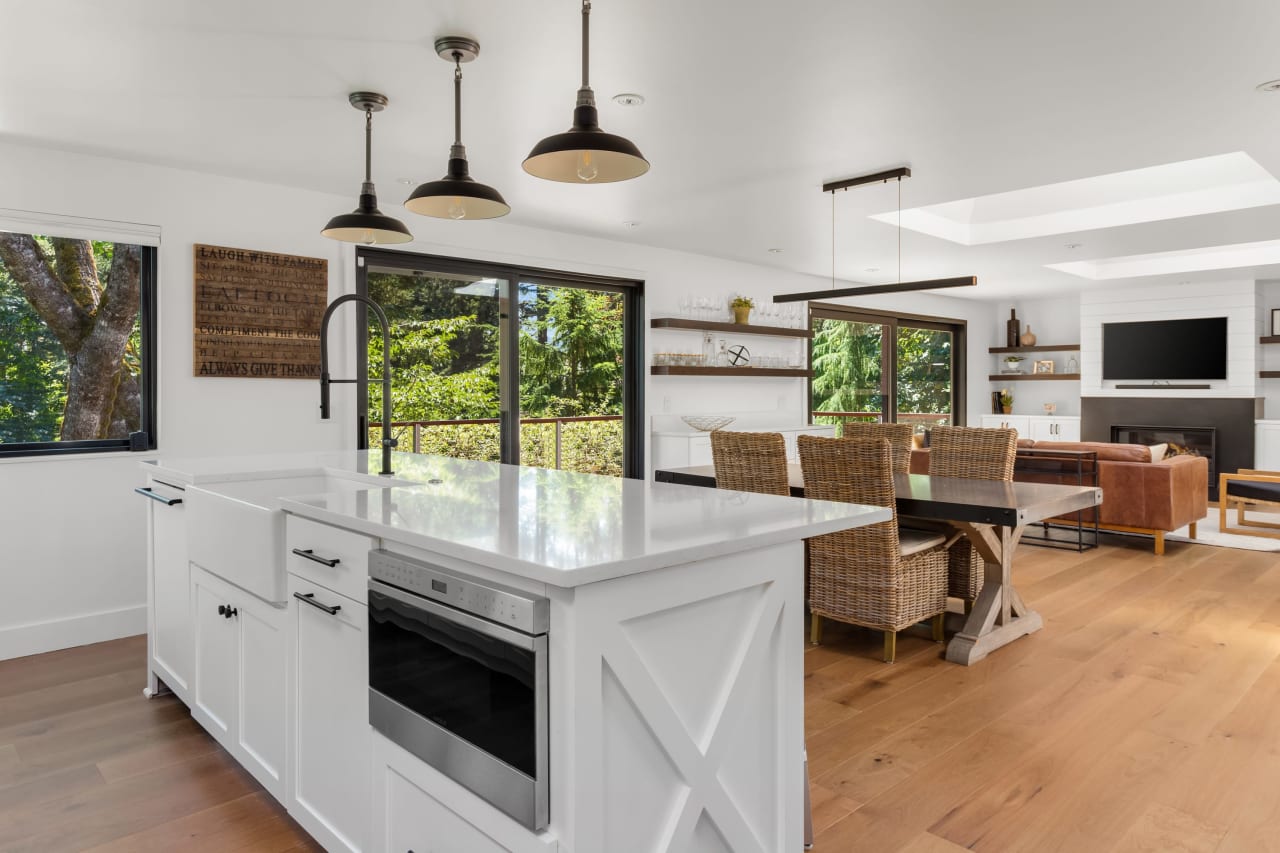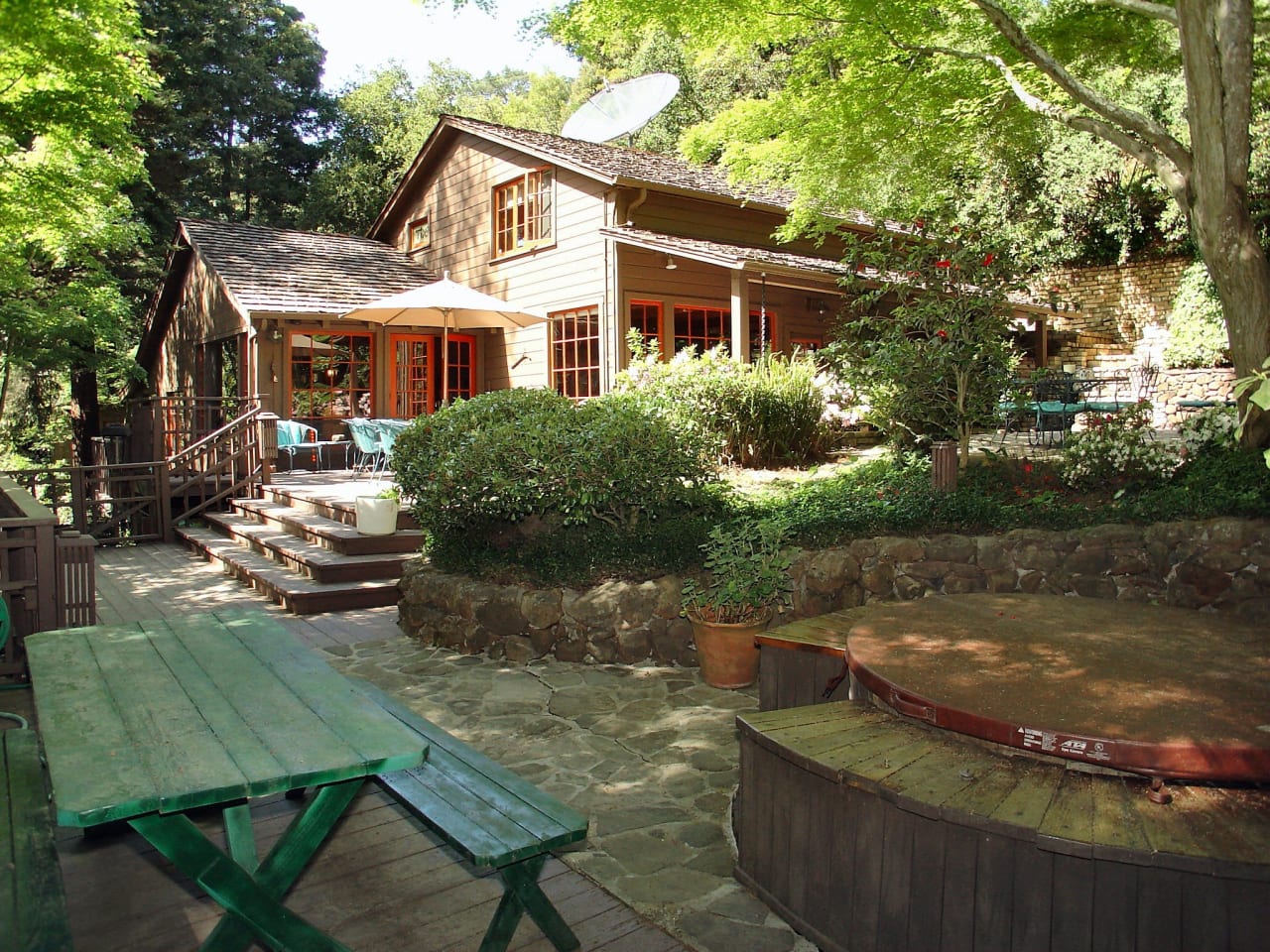Building an ADU, or accessory dwelling unit, is becoming popular for homeowners in Contra Costa County. But doing an ADU project correctly is more complicated than put ng up a backyard shed or another weekend project.
But once you have a small living space, it doesn’t mean you must sacrifice style or succumb to clutter. It just requires creative thinking. That should be no problem in Southern California, where homes are known for their architectural variety — Craftsman, Spanish, and Midcentury Modern. Here are some inspiring ADUs from Times coverage that are noteworthy not just for their design but also for their small footprint.
Accessory Dwelling Units (ADUs) and Junior Accessory Dwelling Units (JADUs) are innovative and practical options for adding much-needed housing in Contra Costa County. ADUs have been known by many names: granny flats, in-law units, backyard cottages, secondary units, and more. ADUs have grown exponentially as more cities and counties allow them to be built and more homeowners become interested in them.
Benefits of Owning an ADU
- affordable
- a potential source of income
- cost-effective construction
- privacy for and from guests
- added living space
- provide independent living areas for aging family members
- added equity to your home
- tax benefits
Funding an ADU Build
- Ca HFA ADU Grant Program: Effective on or after September 20, 2021, the CalHFA ADU Grant Program will provide up to $25,000 in assistance to reimburse homeowners for predevelopment costs necessary to build and occupy an ADU.
- Accessory Dwelling Unit Grant Program: The ADU Grant Program aims to create more housing units in California by providing a grant to reimburse homeowners for predevelopment costs.
- HELOC: Home Equity Line of Credit can be removed to add an ADU or take on other projects around the home. With a HELOC, you're borrowing against the available equity in your home, and the house is used as collateral for the line of credit. As you repay your outstanding balance, the amount of available credit is replenished – much like a credit card.
- Cash-Out Refinance: Cash-out refinance gives you a lump sum when you close your refinance loan. The loan proceeds are first used to pay off your existing mortgage(s), including closing costs and any prepaid items – any remaining funds are yours to use as you wish.
- Construction Loan: Construction loans are short-term loans, usually designed to be used for only one year. In some cases, lenders pay the loan amount directly to the construction company undertaking the project rather than giving the money to the borrower.
What is Required for Building an ADU
- Proper Zoning
- Planning Approvals:
- Accessory Dwelling Unit (ADU) Permit Application Form (PDF)
- ADU Application Submittal Checklist (PDF)
- ADU Application Processing Guidelines (PDF)
- County ADU Ordinance
- Read the Summary of the Short-Term Rental Ordinance (PDF)
- Building Permit Requirements:
- Applying for a Building Permit – All contractors must have an active business license with Contra Costa County.
